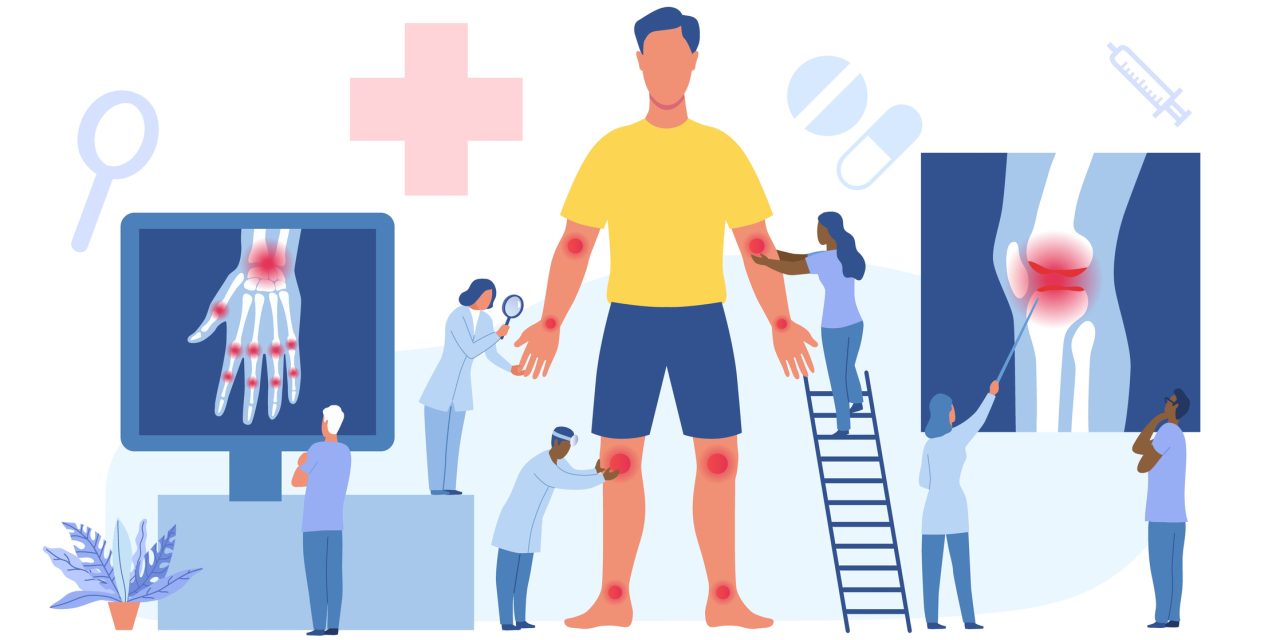Dynamic postural control during everyday tasks is poorly understood in people following anterior cruciate ligament reconstruction (ACLR). Understanding dynamic postural control can provide insight into potentially modifiable impairments in people following ACLR who are at increased risk for second ACL injury and/or knee osteoarthritis.
Determine whether measures indicative of dynamic postural control differ between individuals with and without ACLR during stair ascent and descent.
Seventeen individuals with ACLR (>1 yr post-surgery) and 16 age and sex-matched healthy controls participated. Centre of pressure (COP) measures included: i) COP excursion, ii) COP velocity, and iii) dynamic time-toboundary (TTB). Mixed linear models were used to compare COP measures for the ACLR leg, non-ACLR leg, and healthy controls during stair ascent and stair descent.
There were no statistically significant differences observed during stair ascent (all p > 0.05). Several statistical differences were found during stair descent for individual with ACLR, but not between those with ACLR and healthy controls. The ACLR leg had higher medial-lateral COP excursion (mean difference 1.06 cm, [95 %CI 0.08-2.06 cm], p = 0.036; effect size = 0.38) compared to the non-ACLR leg during stair descent. In addition, the ACLR leg had a lower medial-lateral TTB (mean difference -13 ms [95 %CI -38 to 2 ms], p = 0.005; effect size = 0.49) and medial-lateral TTB normalized to stance time (mean difference -5.8 % [95 %CI -10.3 to 1.3 %], p = 0.012; effect size = 0.80) compared to the non-ACLR leg during stair descent. No statistical differences were observed for anterior-posterior measures during stair descent (all p > 0.05).
Taken together, findings indicate that there are small to large differences in medial-lateral postural control in the ACLR leg compared to the non-ACLR leg during stair descent. Further work is required to understand clinical implication of these novel observations.
Copyright © 2020 Elsevier B.V. All rights reserved.
Alterations in medial-lateral postural control after anterior cruciate ligament reconstruction during stair use.


